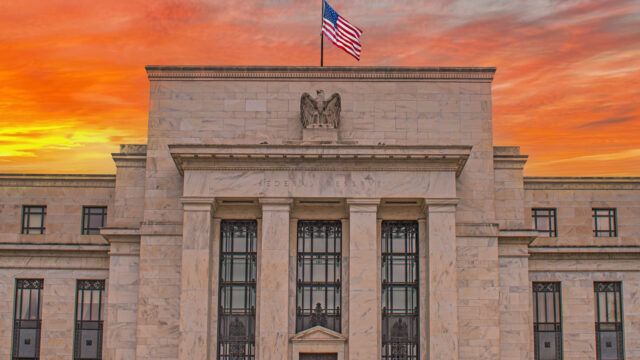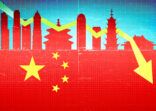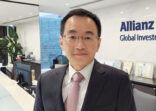
The actions of the US central bank have reverberations for all asset classes due to the critical role of the US 10-year treasury in the pricing of most global assets.
This was clear in 2020 when most asset classes went up after rates were cut to virtually zero and it was made abundantly clear again in 2022 when both bonds and equities fell in unison as the Fed swiftly hiked interest rates to combat inflation.
As the peak in US interest rates approaches and a possible global recession is on the horizon, market participants have yet to reach consensus on what the Fed will do next.
AllianzGI’s global CIO of fixed income Franck Dixmier on the other hand, is confident that the US central bank is likely finished with its interest rate hiking cycle.
“The Fed is done,” he told FSA. “We think that what they’ve done so far is enough considering what’s coming out in terms of growth deceleration in the US and the profile of core inflation going forward.”
“We’re pretty confident that core inflation will follow a significant de-acceleration in headline inflation in order for the Fed to meet its target of 2%.”
One major reason for this is because as the Fed keeps interest rates on hold while core inflation decelerates, it means that real interest rates – rates adjusted for inflation – will in effect continue to increase.
Dixmier pointed out that the consequence of this is a “passive tightening” of monetary conditions which in turn, reduces the need for another Fed rate increase.
This tightening of financial conditions has been exaggerated by the rise in long-term US treasury yields in recent weeks as investors digest the idea of higher for longer from the US central bank.
Dixmier added: “When you look at market expectations, it is true there is probably a 30% to 40% chance of another 25bp hike priced in. Does it really matter? We don’t think so.
“Because even if there is a last act from the Fed, markets will look through it and will refocus on what will come next.”
“This story is behind us now. We are at the peak of the cycle of the Fed and that’s what really matters for investors.”
Looking beyond inflation, AllianzGI’s main scenario is that the US will see a shallow recession, due to the resilience of the US economy, particularly the resilience of the US consumer, but it will be enough to bring inflation down.
The ECB cannot claim victory on inflation
However, due to the stickiness of wage inflation in the Euro area, their outlook for the region is not as optimistic.
“What we observe now in the Euro area is an increase of more than 5% in wages in 2023 and we’re anticipating this trend to continue in 2024 despite the deceleration of the economy,” Dixmier said.
“In Europe, we have negative productivity gains – meaning that every increase in wages are translating one-to-one to the unit labor cost – in the context where companies still have a capacity to pass on costs to the consumer.”
“That’s a big concern for the ECB,” Dixmier said. “It is probably the worst picture where growth is quite strongly decelerating where inflation remains sticky. So for the ECB it’s totally premature to claim victory on inflation.”
This is why his team thinks there is a possibility that the ECB will continue to hike interest rates, despite it not being priced into the market today by market participants.
As such, the firm is avoiding long-duration exposure in euro-markets. Although their global portfolios are slightly tilted more towards long-duration, this exposure is mainly built in the US.
Dixmier also likes the front end of the US bond market, given its high carry and the fact that the yield curve is still inverted.

















